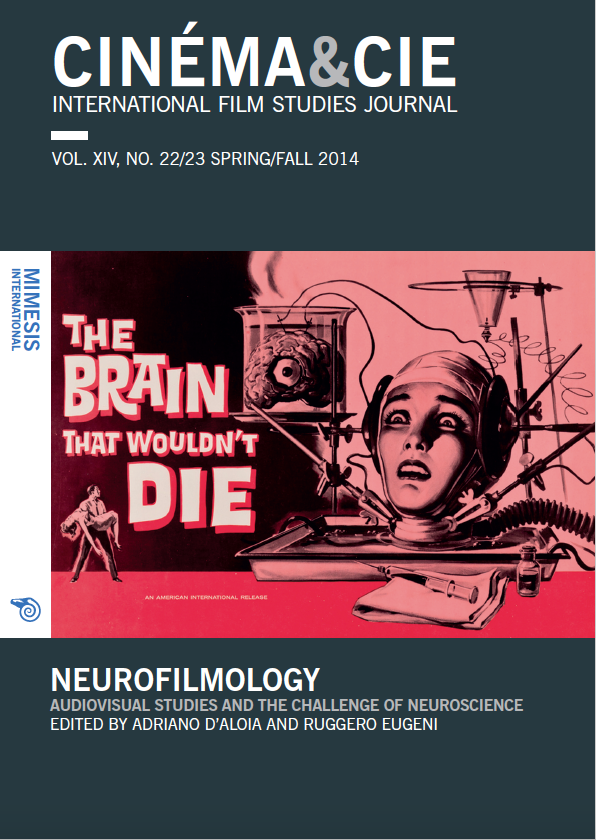Panoramic Visions of the Archive in EYE’s Panorama: A Case Study in Digital Film Historiography
Abstract
Recent years attest to a significant change in the representational practices of film historiography. As a consequence of digitization, visual display formats occupy a more prominent role in scholarly and museum practices as means for contemplating the historicity of archival film. This development prompts a discussion of how we might appreciate digital formats as “visual secondary sources” which reproduce and recast historical tropes. To address this discussion the article proposes a combination of institutional and medium specific analysis as a framework for analysing this transition’s consequences. The permanent Panorama (2012) installation at EYE Film Institute Netherlands – a multiplescreen installation which offers a panoramic vision of film history using video excerpts from EYE’s digital collection – constitutes the article’s core example.
The article analyses how the installation’s arrangement as a panorama situates the excerpts within two different film histories. First, the analysis attends to how the installation’s taxonomy suggests a connection to former deputy director Eric de Kuyper’s philosophy of film history and emphasis on cinema’s intermediality. Second, it considers the installation in relation to classic, cinephile conceptions of panoramic vision. Conclusively the article provides some brief remarks on how the analysis’ findings might help us further our discussion of visual display formats as visual secondary sources.






